Measles
Measles, also known as ‘red measles’, ‘rubeola’ or ‘morbilli’ is a really nasty and infectious disease. It is caused by a virus and spread by airborne or droplet transmission. The measles vaccine has reduced the amount of disease but there are measles outbreaks due to not enough people being vaccinated. Every year thousands of people in developing countries die from measles. Whether to vaccinate your child or not is an important consideration for your kids health.
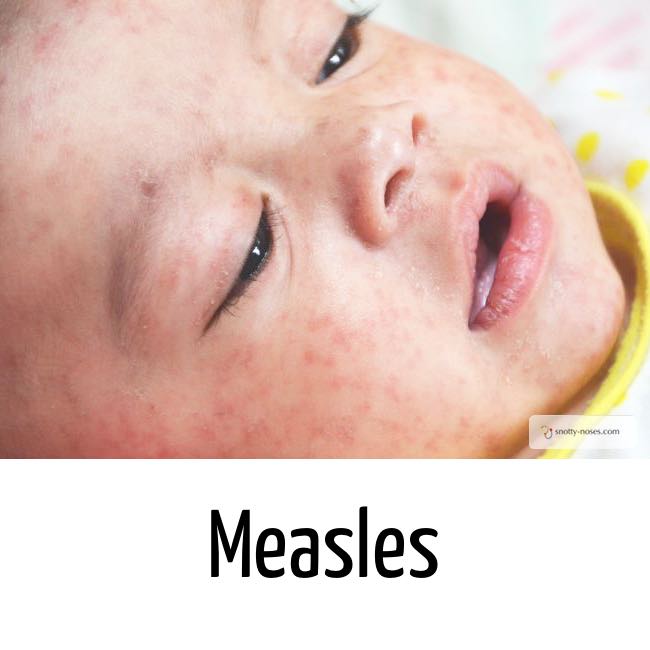
What Causes Measles?
Measles is caused by a virus called the measles virus. It is very contagious.
Measles Incubation Period
Measles is highly infectious for the first 5 or 6 days. The incubation period is about 10 days (7 - 18) and you are infectious from when the symptoms first start to four days after the appearance of the rash.
How is Measles Spread?
Measles is an airborne disease and is spread by coughs and sneezes and also by contact with saliva or snot. It is important to wash your hands and maintain good hygiene (e.g. throw away old tissues) to help prevent it spread.
Measles Symptoms
Measles has a prodromal phase with fever, malaise, runny nose, conjunctivitis (red eyes) and cough. On day 3 the measles rash appears.
Children with measles are generally really miserable.
- High Fever
- Malaise
- Runny Nose
- Conjunctivitis (red eyes)
- Cough
- Measles Rash
- Koplik spots on inside of mouth
Measles Rash

Measles rash normally starts on about day 3. It starts behind the ears and spreads downwards to the whole of the body. It begins as discrete lumpy red spots that join up to become blotchy and confluent. It may peel in the second week.
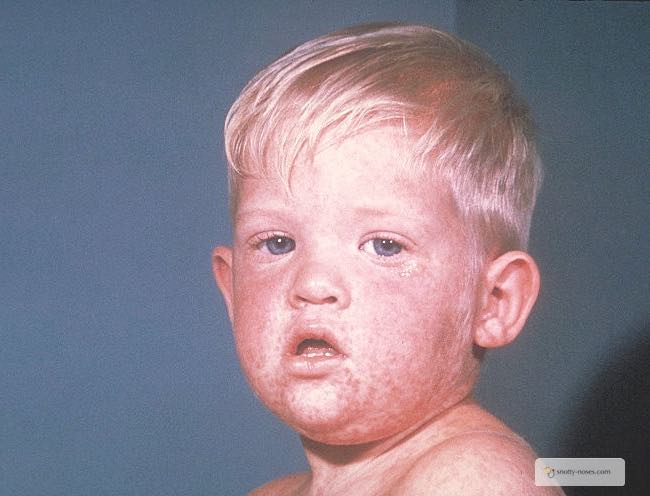
Koplik Spots
You may also notice little white spots on the inside of your child’s mouth (koplik spots). They can be difficult to see, but are the hall mark of measles.
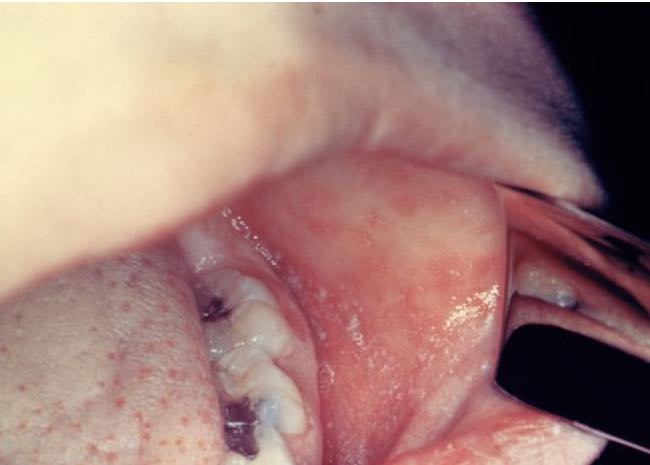
Measles Treatment
There is no specific treatment for measles.
Treatment for measles is ’supportive’ meaning it aims to keep the child comfortable. For example, making sure that they do not get dehydrated.
- Keep them well hydrated
- Keep them well nourished
- Control their fever
Children in the developing world are given vitamin A.
Measles Complications
Complications occur in about 30% of people who get measles. Children under the age of 5 are at greater risk of getting complications.
You can get ear infections (1 in 10), pneumonia, and convulsions. More rarely, it can affect your brain with a disease called encephalitis which often leads to severe learning difficulties or even death. There is another rare encephalitis called SSPE (subacute sclerosing panencephalitis) which occurs about 7 years after the initial infection. It eventually leads to death.
Death is also a complication of measles. If you live in the developing world or are immunocompromised you are more likely to die of measles than if you are healthy and well nourished. Between 1987 and 2000 the death rate in the USA was 3 per thousand people (0.3%) who caught measles among healthy people as opposed to nearly 30% in the developing world.
- Diarrhoea
- Ear Infection
- Blindness
- Brain inflammation (encephalitis)
- Pneumonia
- Convulsions
- Death
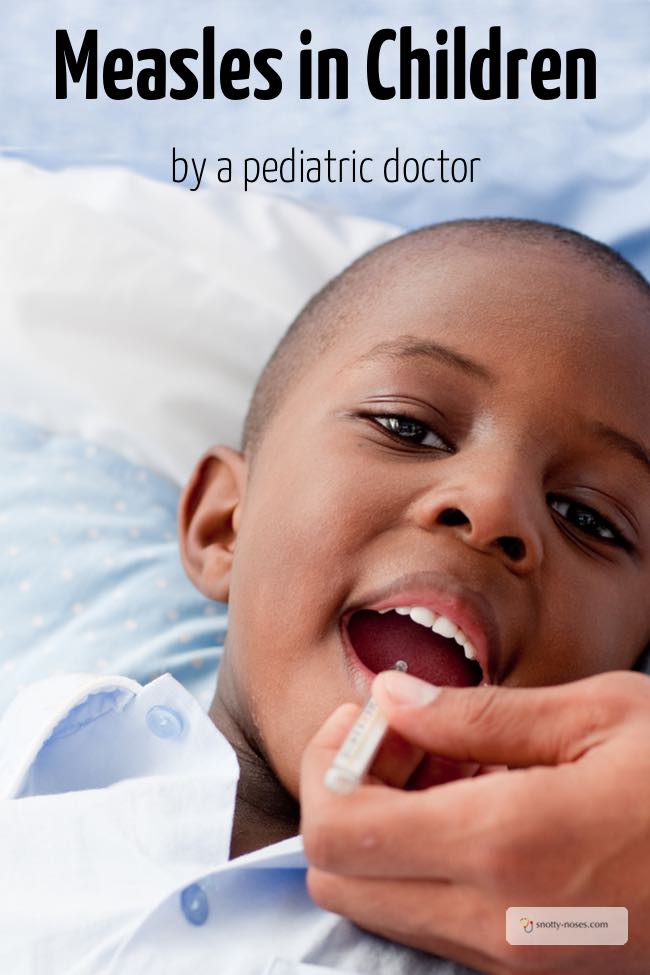
Measles Outbreak
There have been several measles outbreaks in the last few years. In South Wales in 2012 there were 863 cases. In New York and Disneyland California in 2014.
If enough people in the population are vaccinated against measles, a threshold is reached which makes it difficult for the disease to manifest. (This is called herd immunity.) When the level of vaccinated people falls, it is easier for the disease to spread and we start to see outbreaks.
Measles Vaccine
The measles vaccine is effective against preventing measles. It is normally given as part of the MMR (measles, mumps and rubella). It is also available as an individual vaccine although many public health care systems will only provide it in the MMR.
Should I Vaccinate my Child against Measles?
I strongly recommend vaccinating your children against measles.
Children in the UK used to die of measles and sadly it is still one of the top causes of death in children in developing countries. We are lucky enough to have the option of protecting our children from it by vaccinating them. There has sadly been a lot of controversy around the MMR (measles, mumps and rubella) vaccine. There is overwhelming evidence that the controversy was unfounded.
All of my children have had the MMR vaccine. However, if you are still in doubt, you can get the vaccines separately (although you may have to pay for them privately). I can not recommend vaccination highly enough and if your child has missed their MMR I urge you to go and get them vaccinated to prevent them from getting measles.
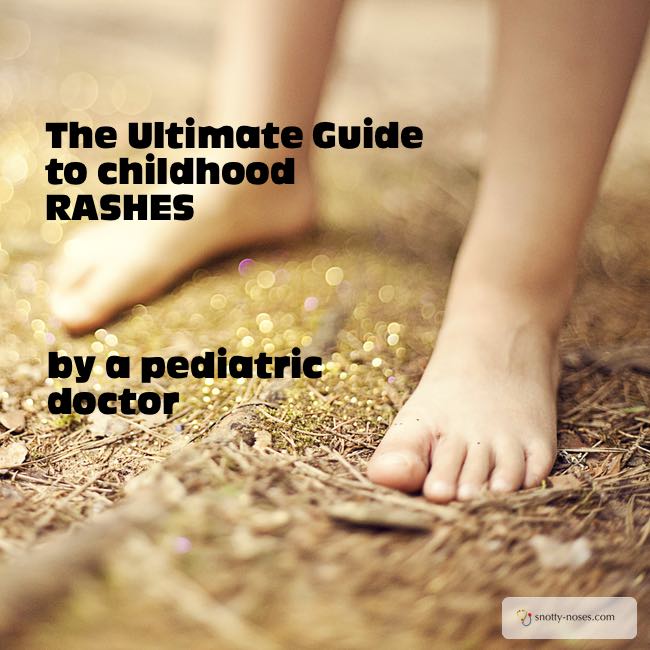
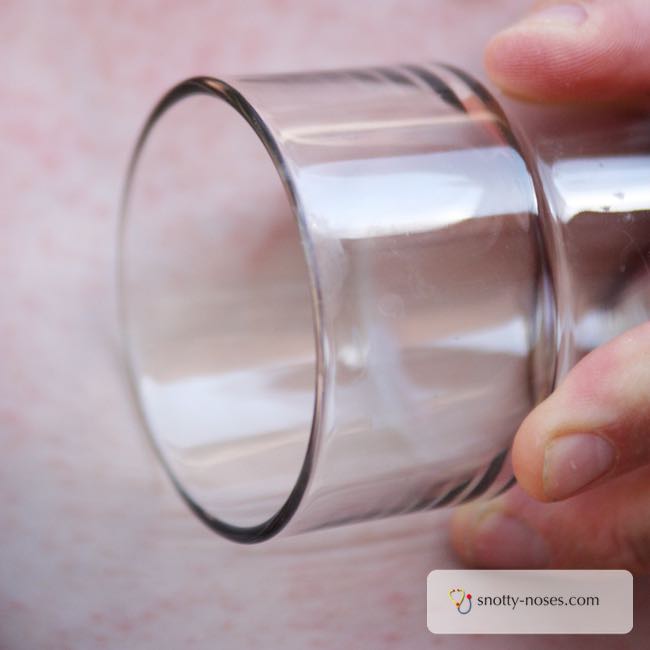

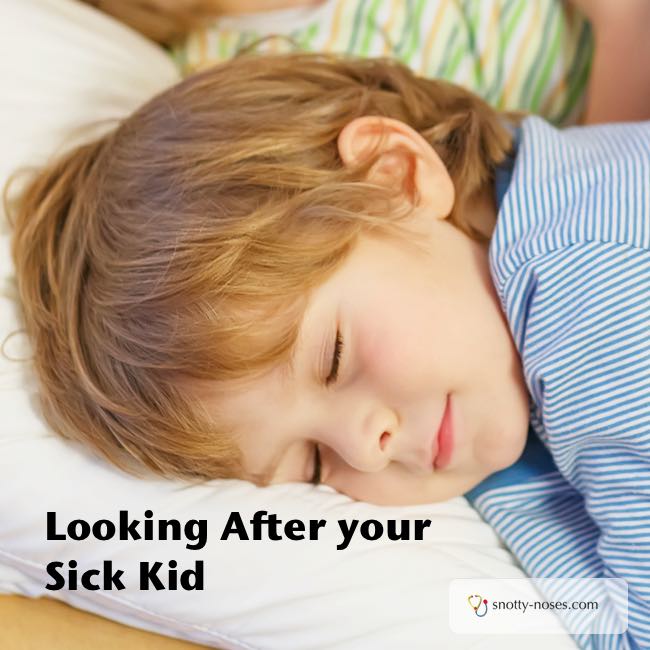
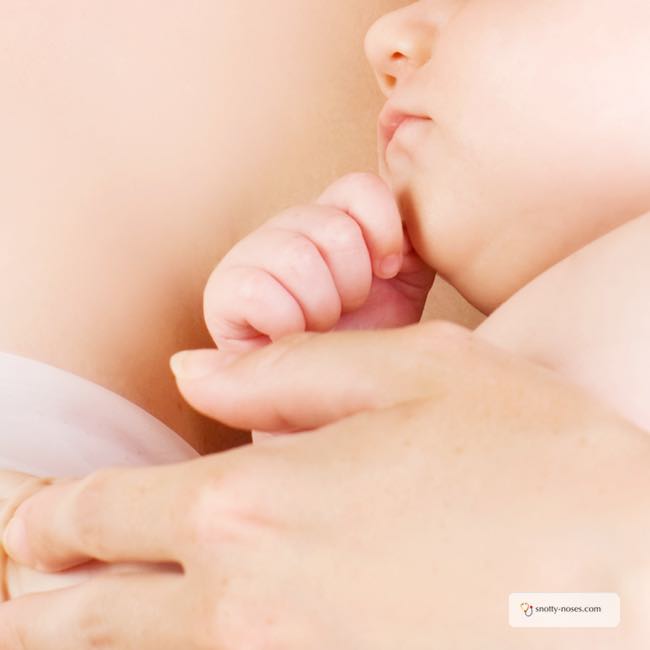
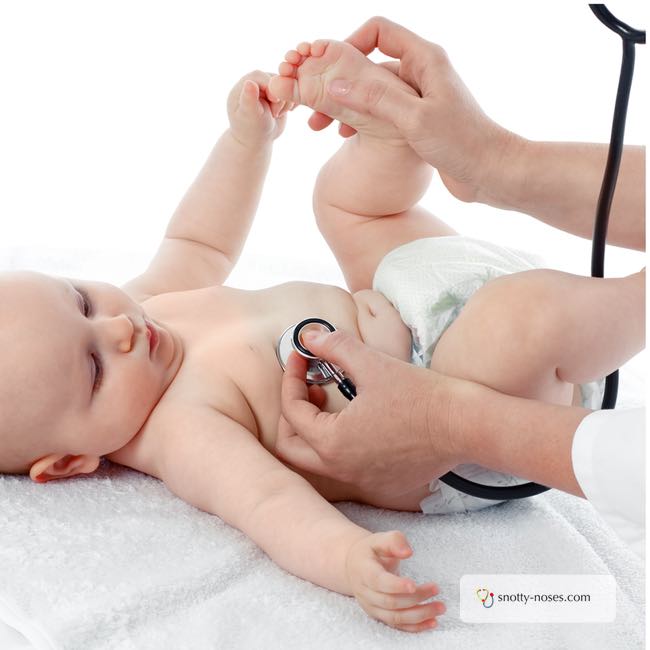
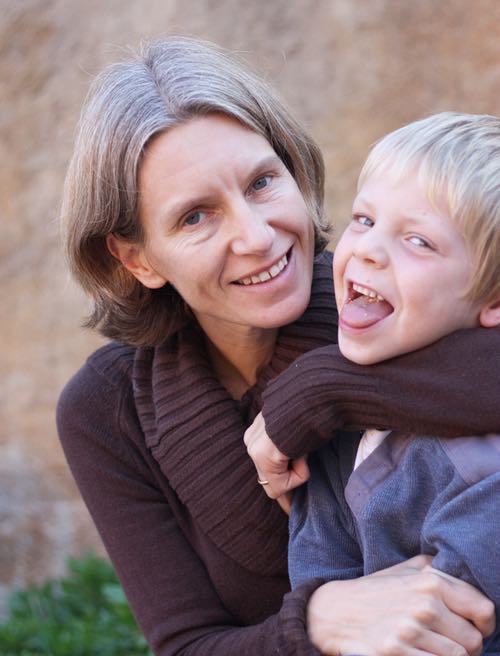
 Feeding Toddlers.
Feeding Toddlers. Would you like your kids to eat more healthily? Check out the book!
Would you like your kids to eat more healthily? Check out the book!